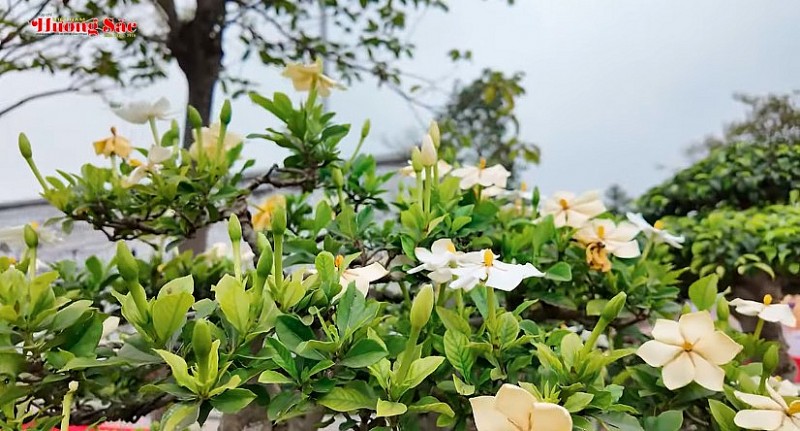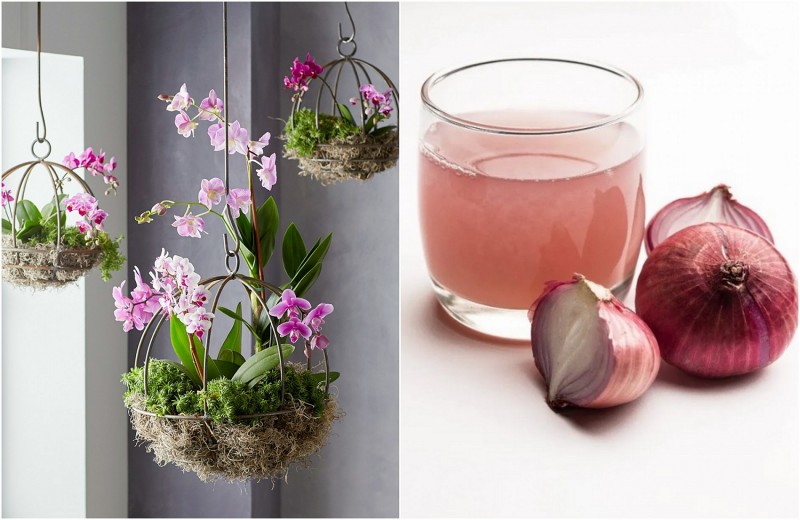Fish robots: Technological solutions open the era of smart aquaculture
For a long time, the sea and rivers have not only been the source of livelihood for millions of fishermen, but also a treasure trove of resources that nurture Vietnam's cuisine, economy and culture. But few people expect that, in the digital age, there are "robot fish" quietly swimming under the water, contributing to changing the way people raise aquatic products.
At the National Innovation Center for Digital Fisheries in Beijing, two fish robots with sparkling metallic scales are swimming gracefully in the tank. These are the tuna robot and the dolphin robot, the research products of a team of experts from China Agricultural University (CAU), with the goal of supporting fishermen, reducing the arduous work at sea.
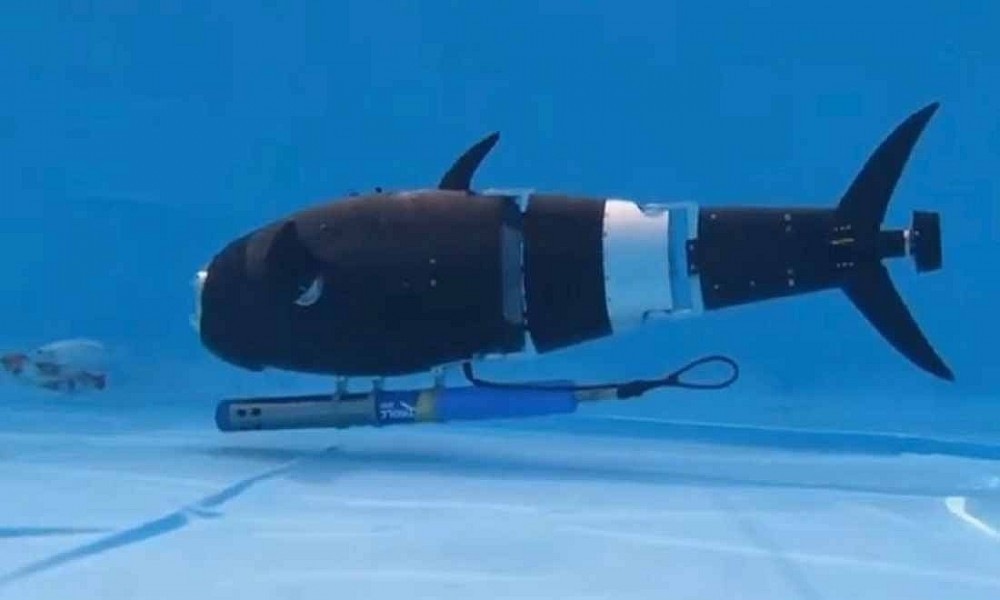 |
| Fish robot developed by a research team at CAU. Photo: CGTN. |
According to Associate Professor Liu, a member of the research team, these robots simulate the natural swimming characteristics of tuna and dolphins, helping to patrol, inspect cages, monitor the health of fish and support the harvesting process. Previously, to inspect a 400-meter diameter fish cage, fishermen had to spend 3-4 days diving manually, which was laborious and costly. Now, the fish robot only needs about 4 hours to complete the job.
Not only agile, the "technological fish" are also very intelligent and skillful. The research team designed the robot to be elongated in size and move smoothly so as not to stress the fish or disturb their living environment. What is especially interesting is that when the fish robot swims, the farmed fish often naturally follow, as if led by a "leader" in the school.
Behind that simple appearance is a complex technological system: a two-axis motor that simulates the movement of fish fins, sensors that monitor water quality and fish school behavior in real time, and an ultra-light AI chip that helps the fish robot self-adjust and adapt to many underwater environments. Thanks to that, fishermen can easily control the amount of food, monitor fish health, reduce waste and lower farming costs.
Not stopping there, the fish robot also opens up potential applications in deep-sea exploration and monitoring marine ecosystems without disturbing the natural environment. According to the research team, the device has collected more than 200 terabytes of video data and tens of millions of photos of underwater life - a valuable source of data to develop AI models for the future aquaculture industry.
Currently, fish robot technology is being deployed in 23 regions, supporting the management of more than 6.3 million m² of onshore aquaculture farms and 5.5 billion m² of offshore ponds and farming areas, helping to reduce labor costs by up to 50%.
When technology and nature are in harmony, water fields not only feed people, but also become a symbol of efforts to apply artificial intelligence to the conservation and sustainable development of marine resources. Robot fish, seemingly unfamiliar, are quietly revolutionizing the aquaculture industry.
Besides China, many countries in Asia are also investing heavily in the application of high technology in the aquaculture industry, especially Japan and Korea. Although they have not yet widely deployed the model of fish robots leading and managing fish schools like China, these two countries have made important strides, laying the foundation for the trend of smart aquaculture.
In Japan, businesses and research organizations are focusing on applying AI and IoT technology to optimize fish farming processes. Many water environment monitoring systems have been deployed, using sensor-mounted buoys to continuously measure indicators such as temperature, salinity, and dissolved oxygen. The collected data is transmitted directly to the processing center via 4G or satellite networks, helping fishermen to monitor and adjust environmental conditions remotely, limiting risks. In addition, Japan has also developed an intelligent automatic feeding system, integrating AI to analyze fish eating habits, calculate the appropriate amount of food, thereby minimizing waste and environmental pollution. Although biomimetic fish robots have not been applied to production practices, Japan is a pioneer in building a digital aquaculture platform.
In Korea, the approach is more inclined towards research and development of biomimetic fish robots. AIRO Inc. has successfully manufactured a fish robot called MIRO - one of the most advanced fish robots simulating natural movements today. MIRO has a streamlined design, is friendly to the aquatic environment and has the ability to swim flexibly like a real fish. The robot is equipped with infrared sensors, AI systems and IoT connections, allowing the collection and transmission of water environment data in real time. With a large capacity battery, MIRO can operate continuously for 22 hours underwater, performing more than 50 different swimming styles.
However, in Korea, MIRO fish robots are currently mainly used in the fields of entertainment, scientific research and education - appearing in aquariums, amusement parks, or serving water sports activities. Integrating MIRO into large-scale aquaculture systems is still not popular, partly due to high production costs and infrastructure adjustment requirements.
It can be seen that while Japan focuses on monitoring technology - remote control and automation of farming processes, Korea focuses on developing bio-simulated fish robot technology, but practical applications in aquaculture production are still limited. In comparison, China's smart fish robot model is one step ahead when combining biological factors - AI technology - practical applications in large-scale aquaculture management and harvesting.
News
Other News
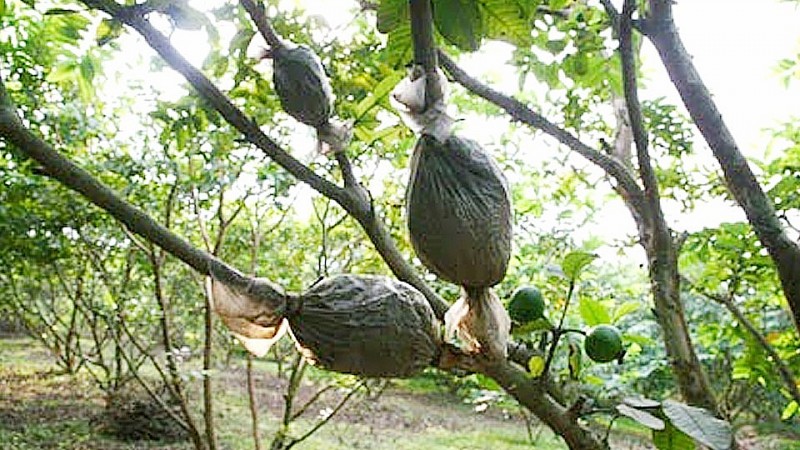
Air layering plants: An effective propagation method with great economic potential
Read more
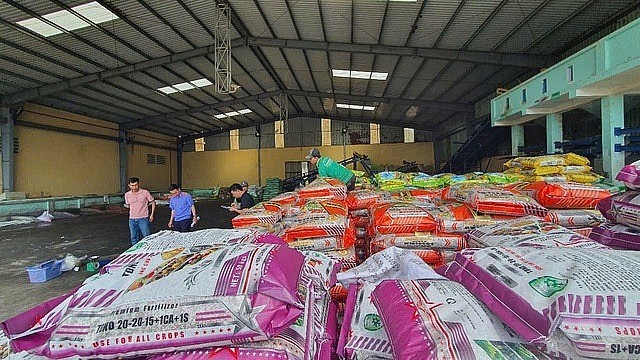
From fake fertilizers to green transformation: Opportunities in challenges

White Camellia: Nature-Healing Ornamental Treasure

Coffee commune: A Green architectural space for community memory
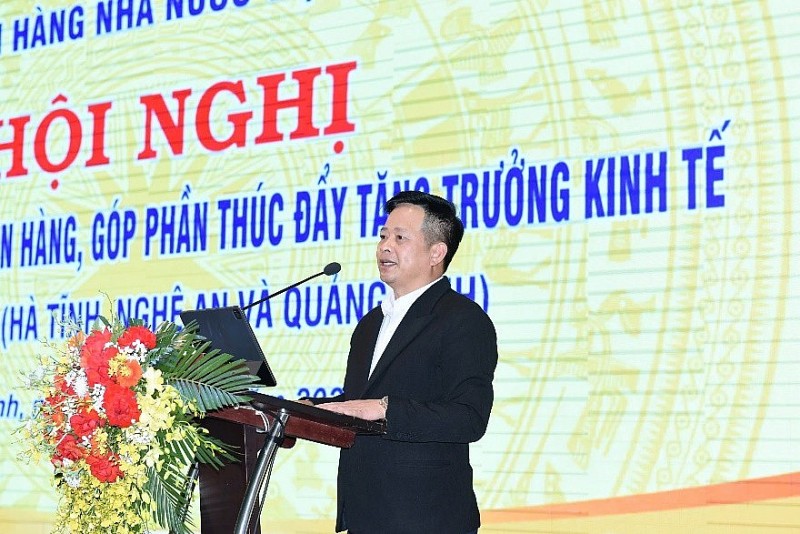
Accompanying sustainable agriculture: Perspective from Agribank and opportunities for developing Vietnam's Ornamental Plants industry
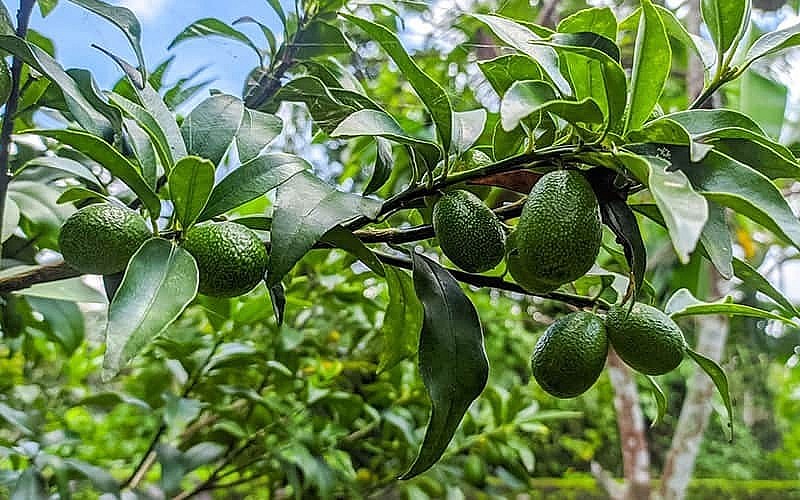
A superfruit widely grown in Vietnam, securing farmers stable income

STP Group: Nguyen Thi Hai Binh - The pioneer woman bringing the ocean into the circular economy and the journey of "connecting values - connecting the community"
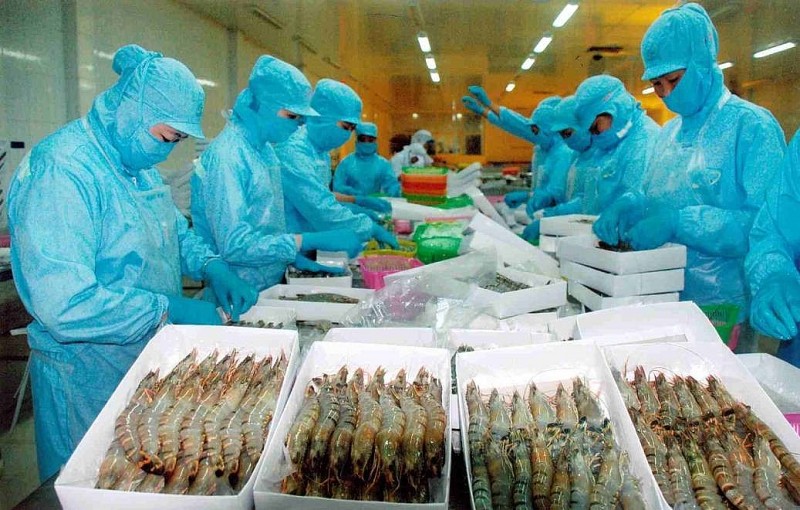
US imposes 46% reciprocal tax on Vietnamese goods: Risks and solutions for agricultural exports
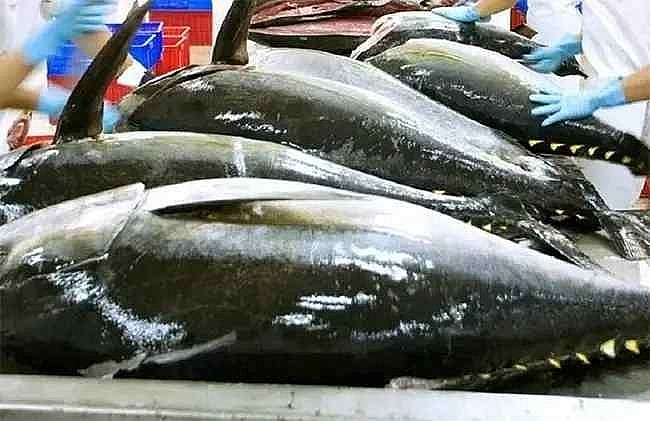
After durian, Vietnamese tuna emerges as a strong competitor to Thailand in global market

Vietnam named one of Asia’s top wildlife watching destinations
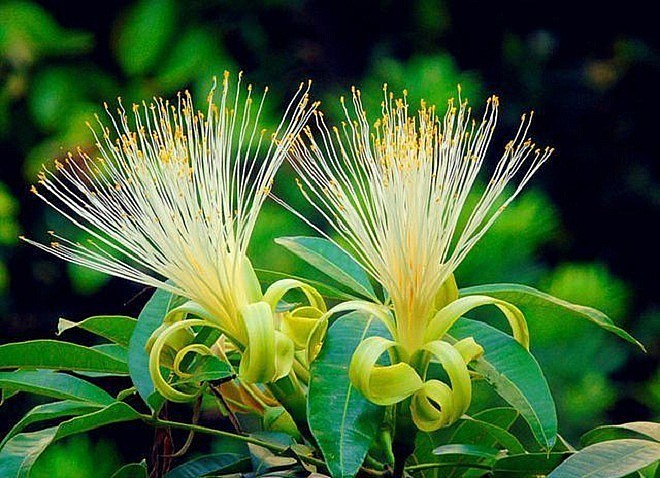
Blooming money tree - A rare omen of wealth and prosperity

Bún Flowers: Hanoi’s hidden floral delight
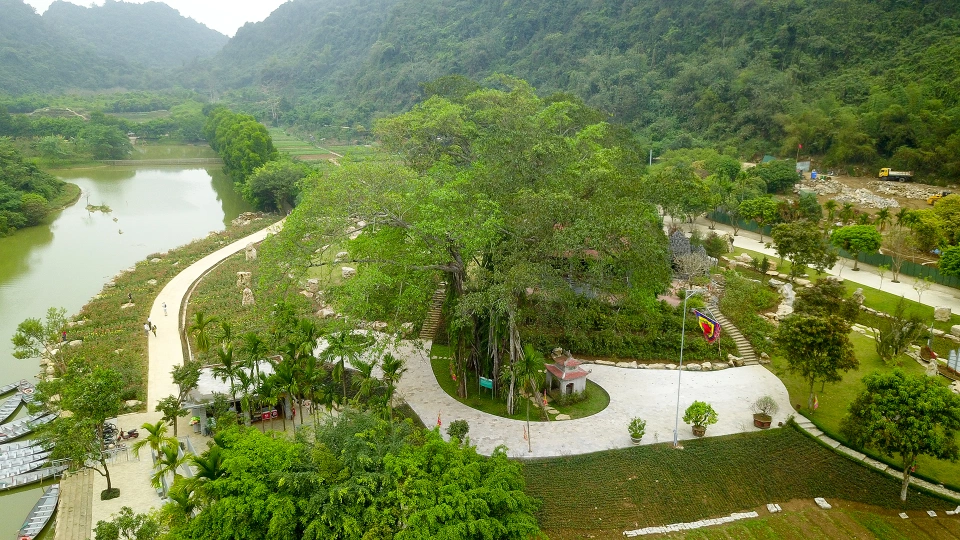
The thousand-year-old "moving" banyan tree in Ninh Binh, each step takes a century

Hat Mon Temple – Historical Mark of Hai Ba Trung
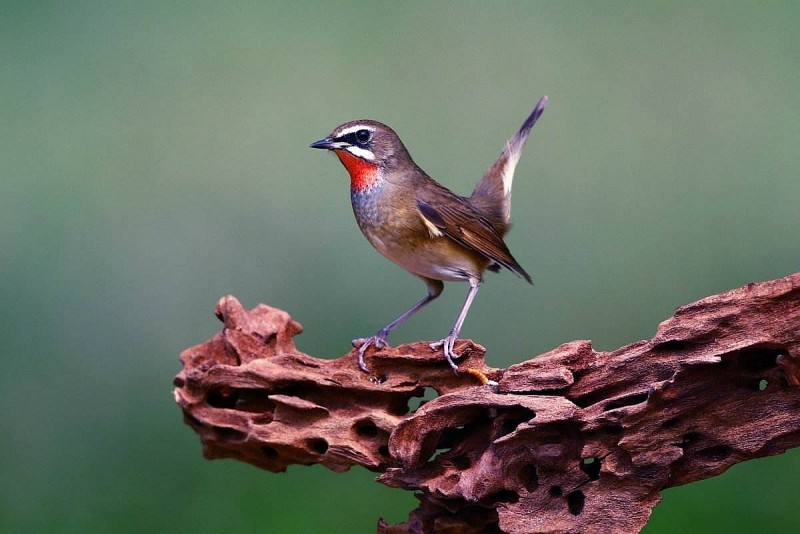
Discovering 4 bird species that have captivated the Chinese for centuries

Vietnamese women and magnolia blooming seasons in Europe

Planting native species: A global trend for greener homes and bird-friendly spaces

56-year-old man living alone in the forest for 27 years with birds
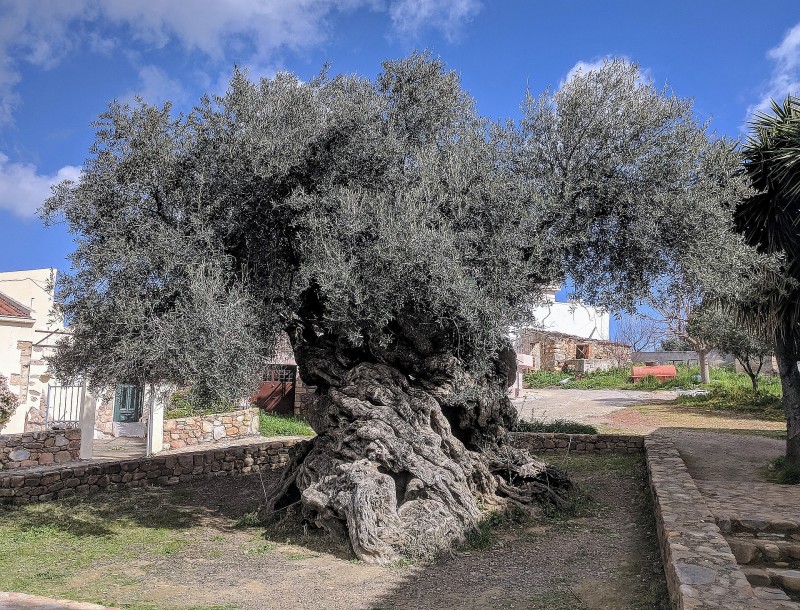
Gazing at a 5,000-year-old olive tree in Greece

Phong Nha - Ke Bang National Park: Revival of 7 rare Indochinese tigers
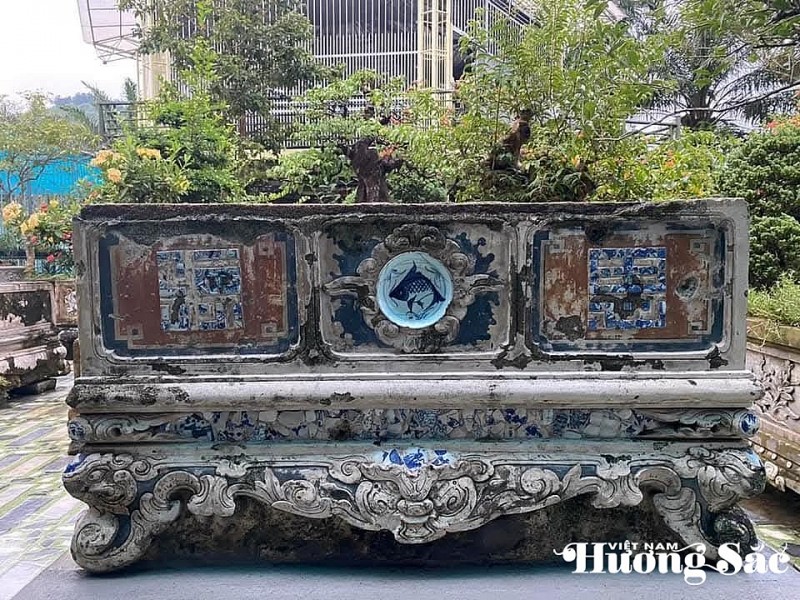
The 9X artist turns water hyacinth into living art
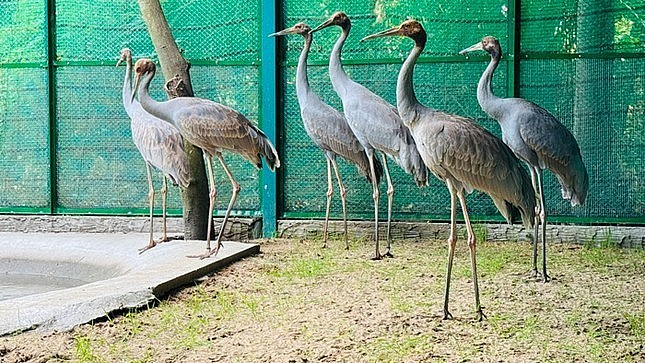
6 Sarus Cranes complete quarantine, set to return to Tram Chim National Park

Hong Loan Mai – The graceful charm of a bonsai beauty
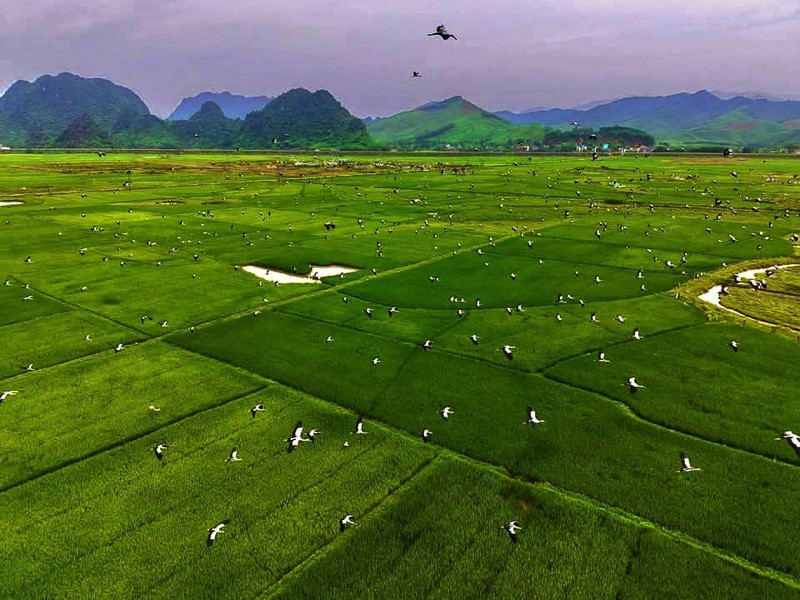
Endangered stork species making surprise appearance in Phong Nha - Ke Bang

Department of Crop Production and Plant Protection: "Orienting the total production value of flower and ornamental plant sector reach 70-75 trillion VND by 2025"

The 9X artist turns water hyacinth into living art

Over 1,000 artworks featured in the 2025 Expanded Ornamental Creatures Exhibition of Van Giang District

Endangered stork species making surprise appearance in Phong Nha - Ke Bang

Over 1,000 master bonsai trees gather in Quang Ngai, dazzling plant enthusiasts
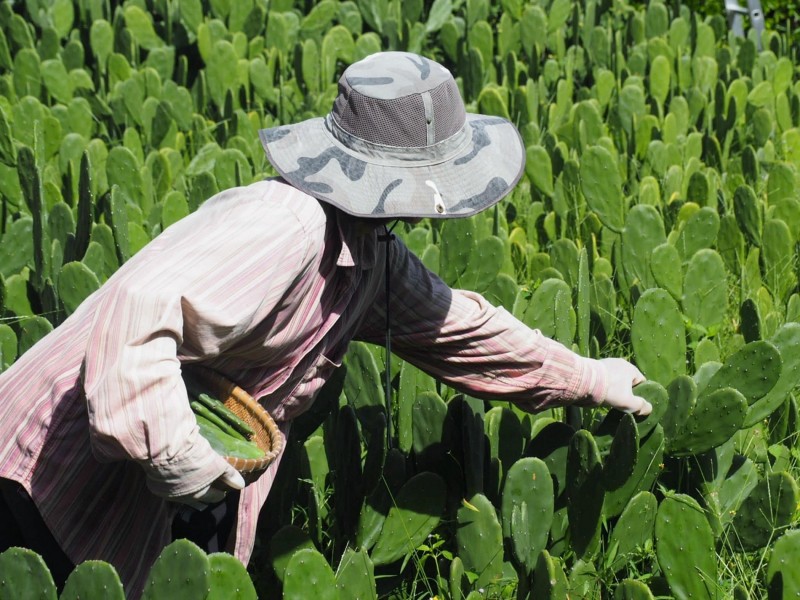
Leaving a $1,000 office job, engineer turns cactus into food and drink
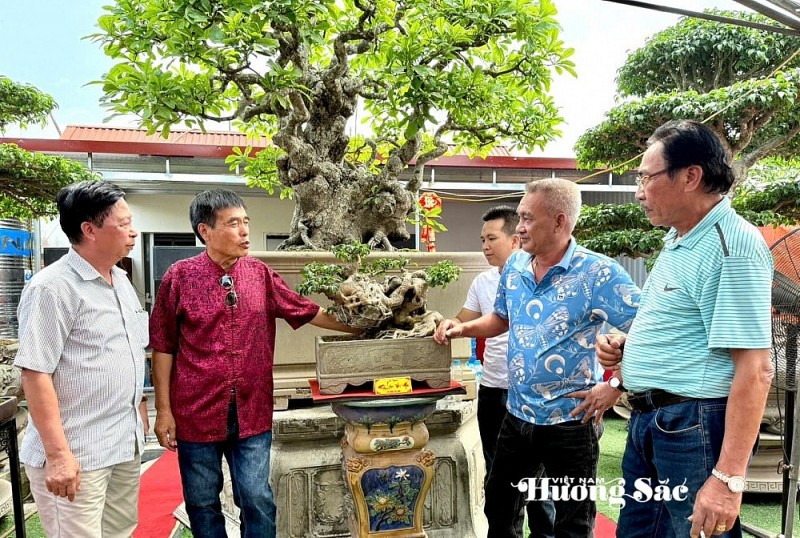
Hoa "Taxi" - A typical bonsai artist in Van Giang District, Hung Yen Province
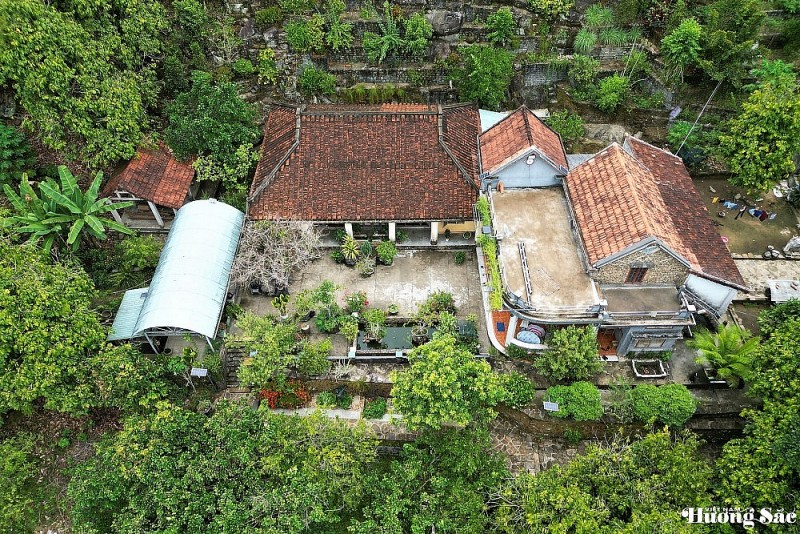
Look inside the million-dollar jackfruit wood ancient house in Quang Nam Province

Van Phuc Silk Village: Weaving tranquility through memories and colors
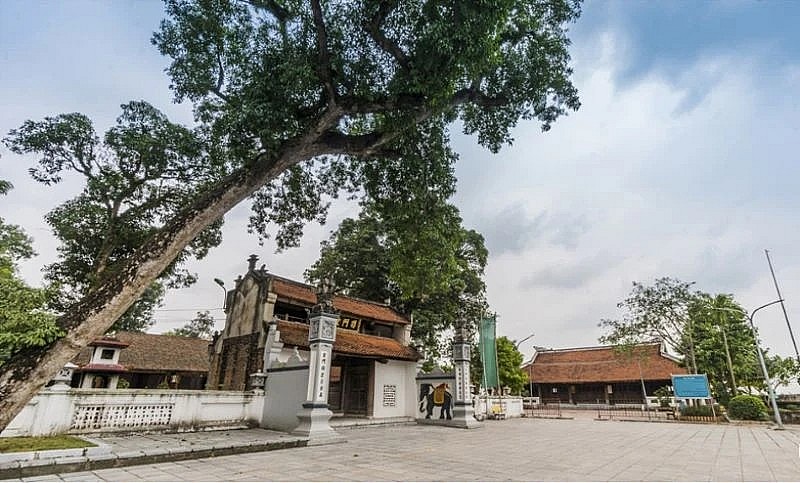
Exploring Hat Mon Temple in Hanoi
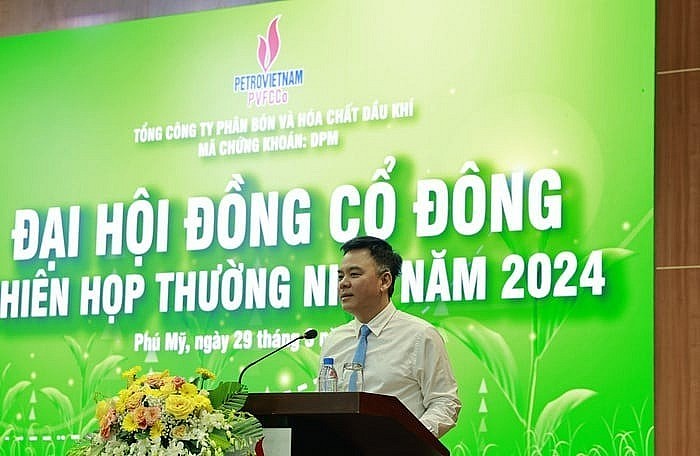
From the first granule of urea to a national brand: PVFCCo and its mission beyond the continent

STP Group: Nguyen Thi Hai Binh - The pioneer woman bringing the ocean into the circular economy and the journey of "connecting values - connecting the community"
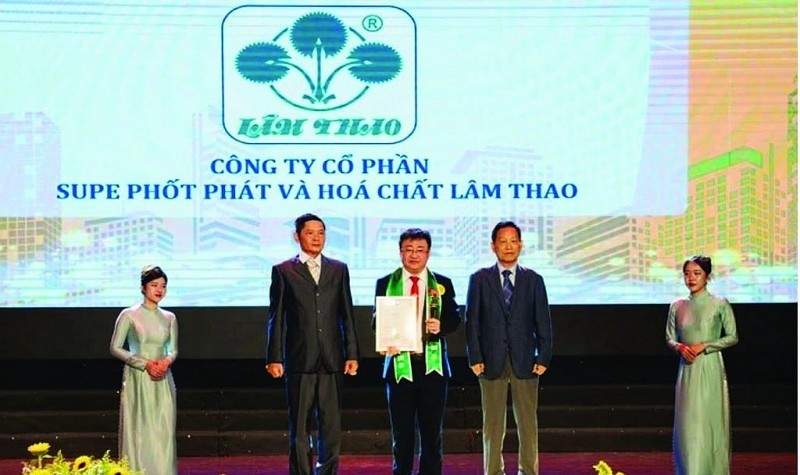
Toward the Celebration of the 63rd Anniversary of Lam Thao Superphosphate Company: From following President Ho Chi Minh’s wish to a national brand

Trailer introducing the special issue of Vietnam huong sac Magazine, published on May 19
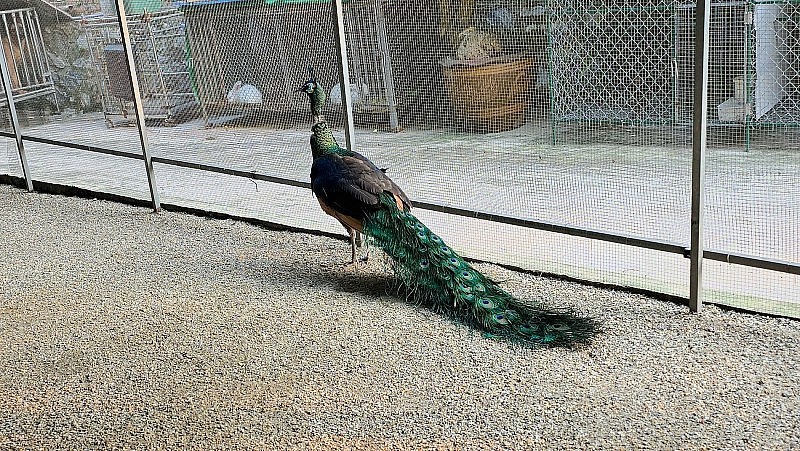
Surprised by rare songbirds at Dung Tan Center in Thai Nguyen Province
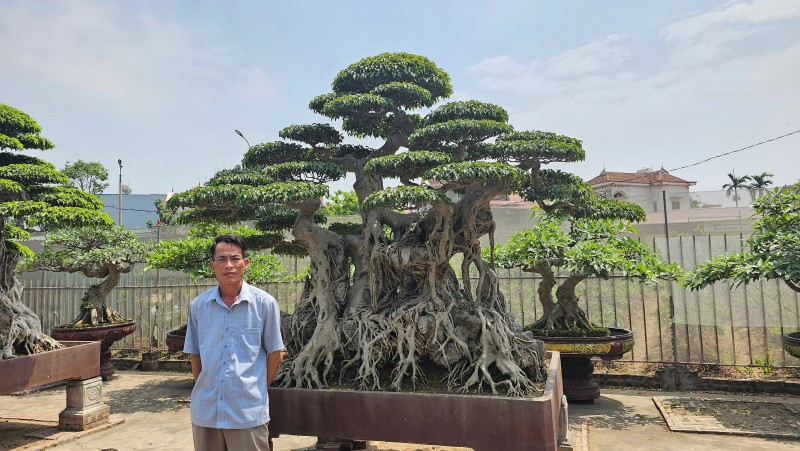
A passionate horticulturist committed to preserving the Sanh Da bonsai lineage in Hưng Yên

Look inside the million-dollar jackfruit wood ancient house in Quang Nam Province
